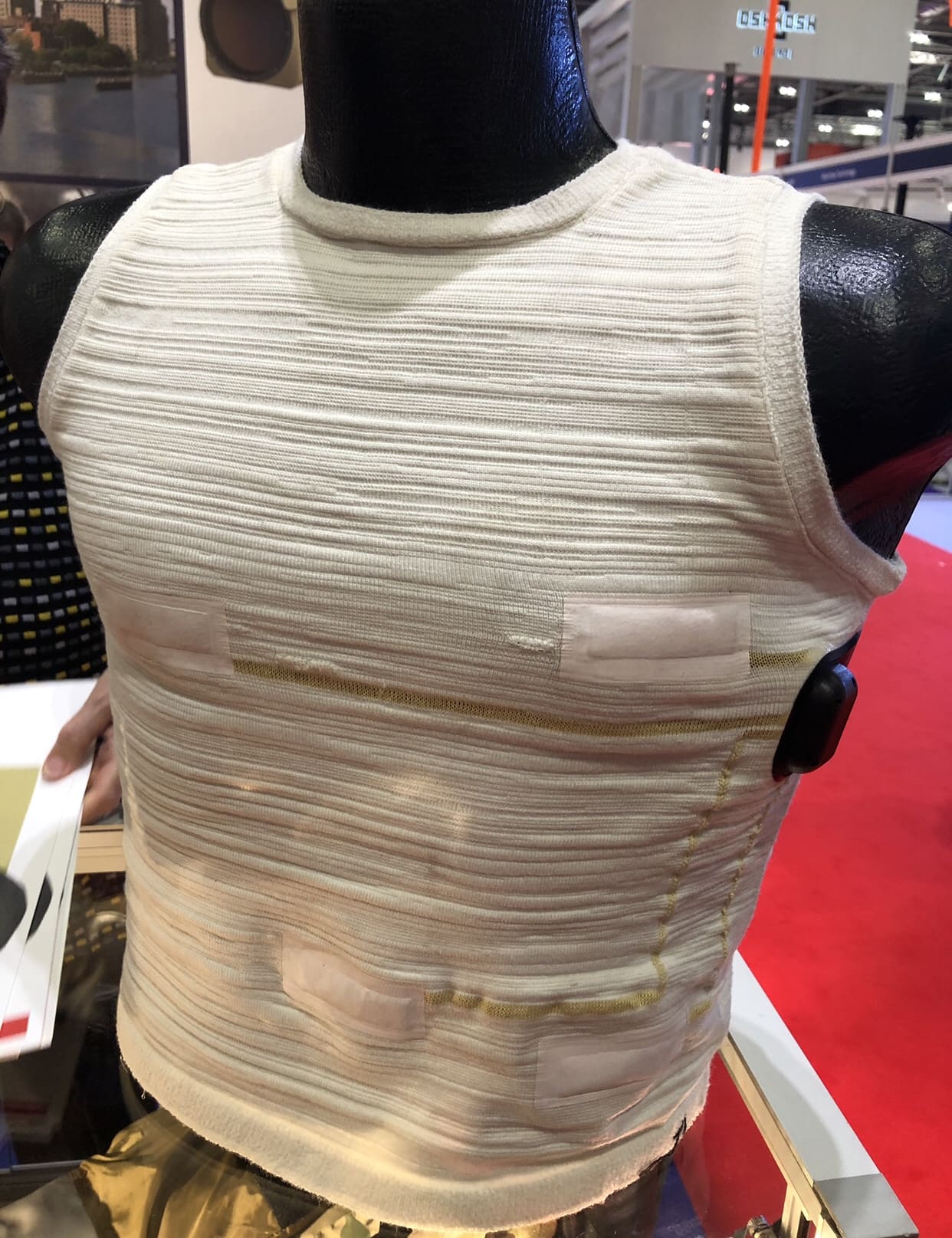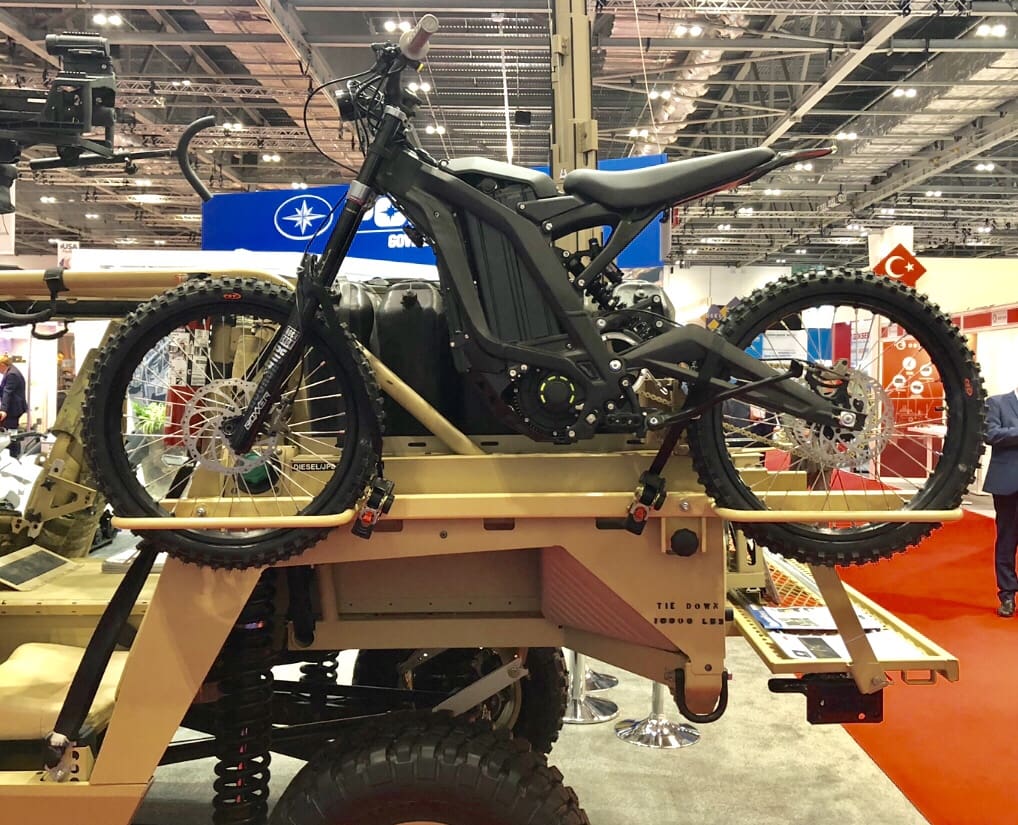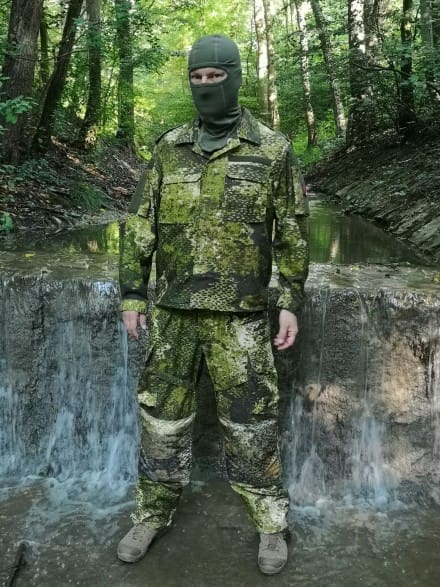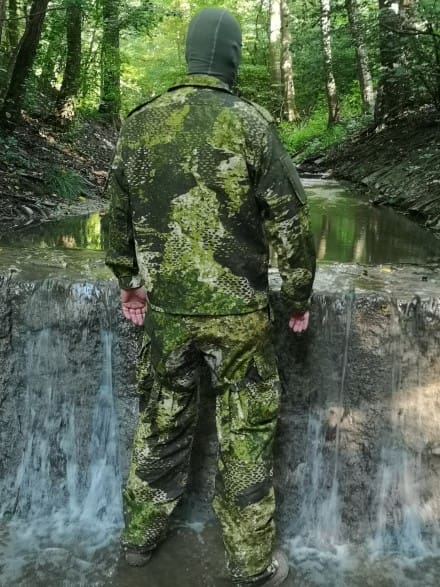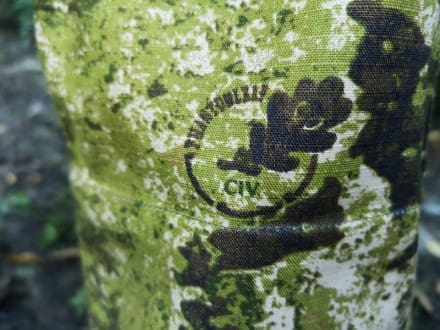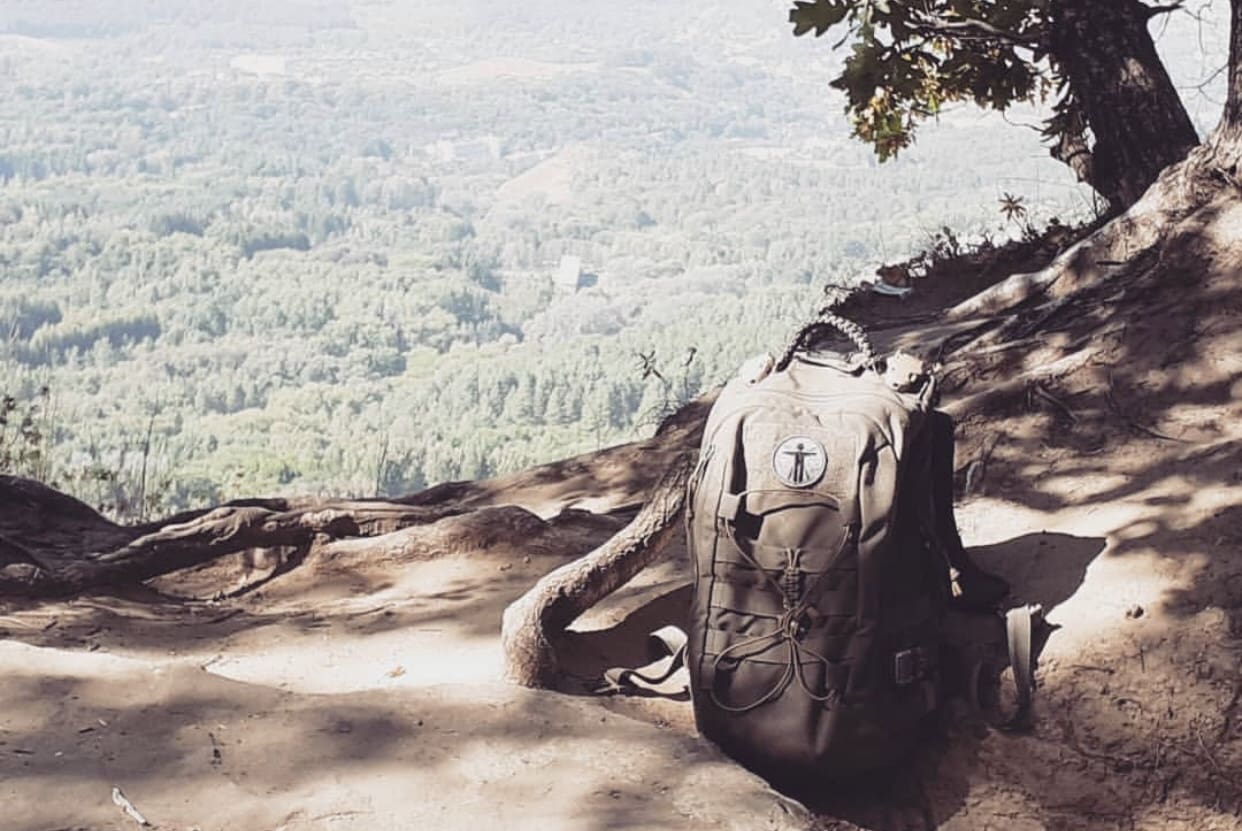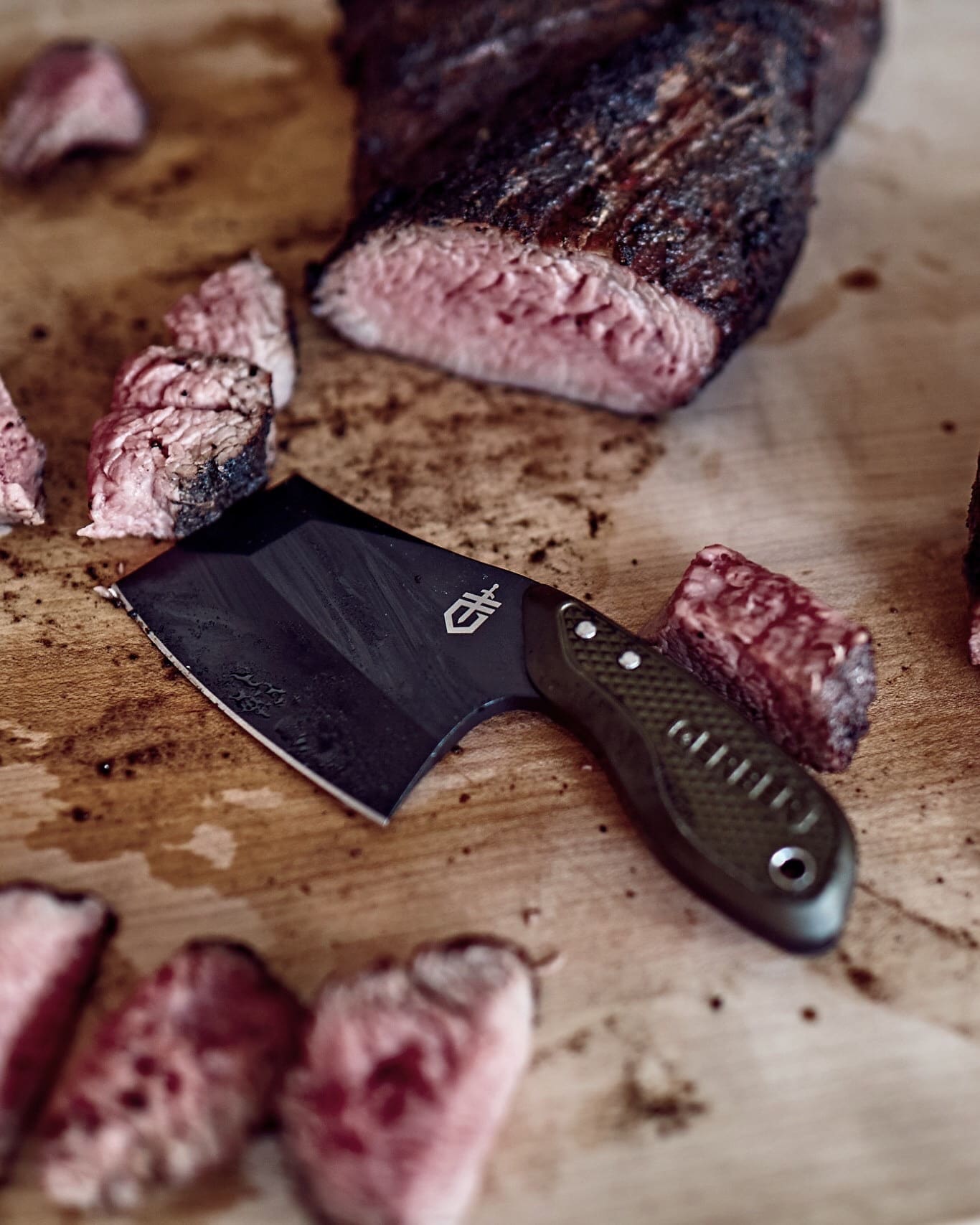• VAPOR 35 and VAPOR 55 add vertical take-off and landing (VTOL) and multi-payload capabilities, complementing and expanding AeroVironment’s leading fixed-wing small unmanned aircraft systems (UAS)
• VAPOR all-electric Helicopter UAS product line delivers advanced performance, endurance and payload flexibility, with up to 10 lbs. (4.5 kg) of usable payload capacity, and one hour of flight time on a single battery charge
• Addition of VAPOR strengthens AeroVironment’s commitment to delivering multi-mission operational capabilities and comprehensive small UAS solutions for defense, commercial and industrial customers
• AeroVironment combat-proven family of small UAS deliver actionable intelligence as the leading small UAS deployed by U.S. Armed Forces, and more than 45 allied governments
LONDON, at DSEI 2019, STAND N5-202, Sept. 10, 2019 – AeroVironment, Inc. (NASDAQ: AVAV), a global leader in unmanned aircraft systems for both defense and commercial applications, today announced the availability of its VAPOR all-electric Helicopter UAS at Defence & Security Equipment International (DSEI), the world’s largest land, sea and air defense and security exhibition. Developed at AeroVironment Innovation Center-Midwest, VAPOR incorporates more than a decade of aerospace engineering, technical research and development to bring to market high-performance helicopter UAS at attractive price points for defense, commercial and industrial customers.
“The addition of VAPOR to our family of small unmanned aircraft systems demonstrates our commitment to providing customers with the most comprehensive capabilities to help them proceed with certainty in an ever changing operating environment,” said Rick Pedigo, vice president, sales and business development for AeroVironment. “VAPOR fully complements AeroVironment’s family of fixed-wing UAS with VTOL and flexible payload capabilities that can satisfy new customer missions across multiple domains.”
VAPOR – Intelligently Designed To Perform
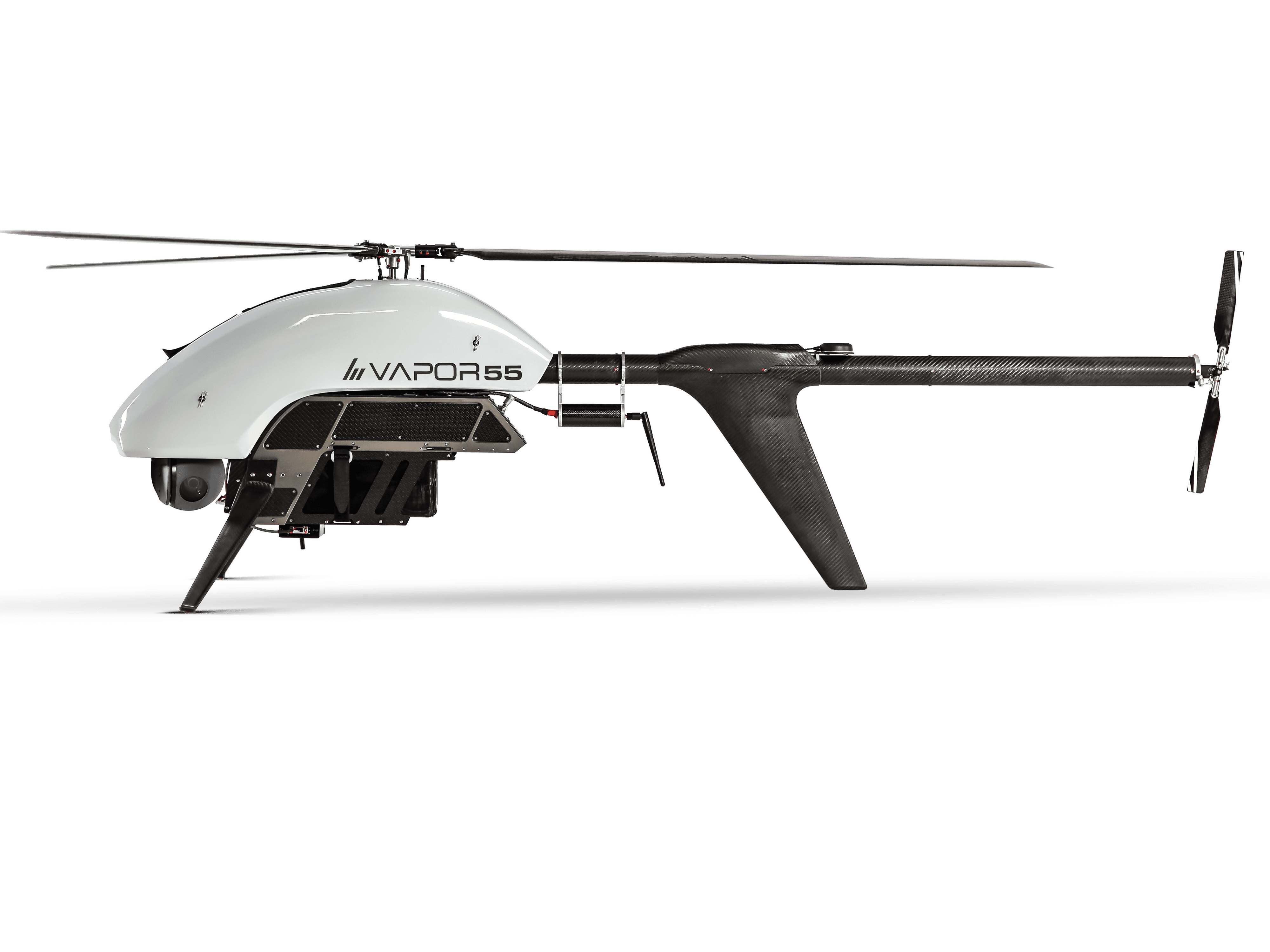
Combining military-grade components, advanced flight control, and broad payload flexibility, VAPOR is purpose-built for mission critical performance. Fully automatic flight operation allows VAPOR to complete missions without operator intervention, with dynamic re-tasking to ensure safety, reliability and adaptable mission execution. With an expansive modular payload bay, and up to 10 lbs. (4.5 kg) of usable payload capacity, VAPOR is multi-mission capable with access to a variety of integrated sensors and third-party payloads including gimbaled EO/IR, survey grade PPK mapping, LiDAR and hyperspectral sensors, and an available Drop/Delivery Mechanism. Every VAPOR is powered by proprietary HeliSynth™ technology for system level optimization including advanced autopilot, payload command and control, and endurance.
Multiple VAPOR all-electric Helicopter UAS options are now available, enabling customers to choose the right configuration based on mission requirements, with the flexibility to create custom configurations that incorporate end-user provided equipment.
VAPOR 35 (GTOW 32 lbs., 14.5 kg) – With an advanced autopilot and a variety of available sensors, VAPOR 35 provides the flexibility to meet the most demanding missions. Aerodynamic 3-blade rotor design and high energy lithium-polymer batteries deliver up to one hour of flight time, all in a single case mission configuration with economical one-man lift packout.
VAPOR 55 (GTOW 55 lbs., 24.9 kg) – The versatile, powerful and easily configurable VAPOR 55 is designed to satisfy complex operational requirements. Heavy lift capable with up to 10 lbs. (4.5 kg) of usable payload weight (belly, side or slung), VAPOR 55 is single or multiple payload capable with access to a variety of integrated sensors, Drop/Delivery mechanism and third-party payload options.
VAPOR systems are now available for ordering. Learn more at www.avinc.com/vapor
Visit AeroVironment at DSEI 2019, STAND N5-202, Sept. 10-13, 2019 to learn more about VAPOR Helicopter UAS. www.dsei.co.uk





